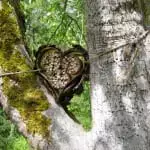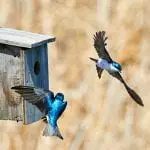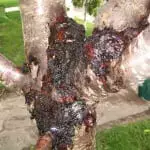Learn how to choose the best companion plants for your fruit trees, build simple and effective guilds, and avoid common Read more
How to Keep Bugs Off Fruit Trees Naturally
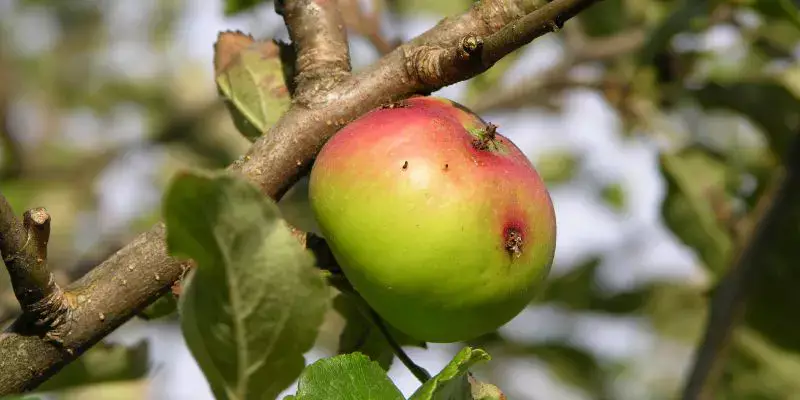
Bugs can be a real pain, especially when they're munching on your fruit trees. They nibble on your tree's leaves. Some feed on the cambium, the living wood tissue just under the bark. Other insect pests lay their eggs under the skin of the baby fruit, leaving behind baby maggots that will make your tree's bounty very unappealing.
In this article, I'll share 5 effective and chemical-free strategies to help you keep bugs off your fruit trees naturally. And we'll start off by getting a little help from our feathered friends.
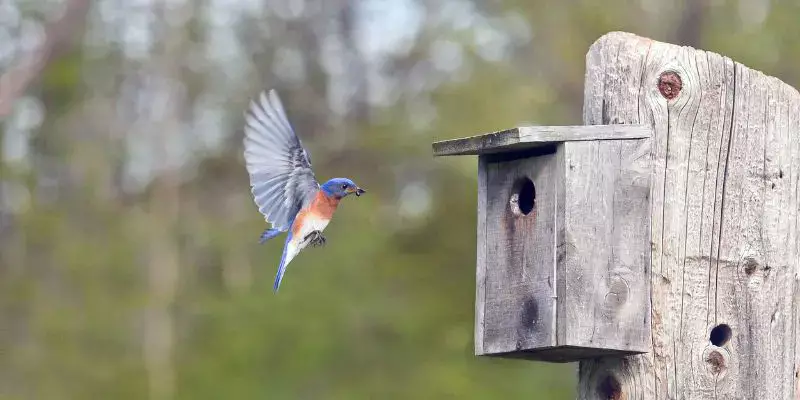
Strategy #1: Invite Pest-Eating Birds into Your Orchard or Garden
Some people think of birds as being orchard pests that peck on and damage growing fruit. But if you attract the right kind of birds, they will be wonderful allies. Eastern bluebirds and tree swallows eat huge numbers of insects every single day. Some of their favorite snacks are fruit tree pests including moths, caterpillars and insect larvae.
That's why organic orchardists often install Eastern bluebird nesting boxes near their orchard trees. The idea is to provide these birds with the perfect place to raise their young. Then the grower will have a flying team of insect eaters to feast on the on-site fruit tree pests.
You can buy Eastern bluebird nesting boxes. Or you can make a simple wooden box with an entrance hole that's about 1.5 inches (4 cm) in diameter and set it up on a post that is five to six feet (152-182 cm) off the ground. You can find instructions for building Eastern bluebird nesting boxes on the Audubon Society website.
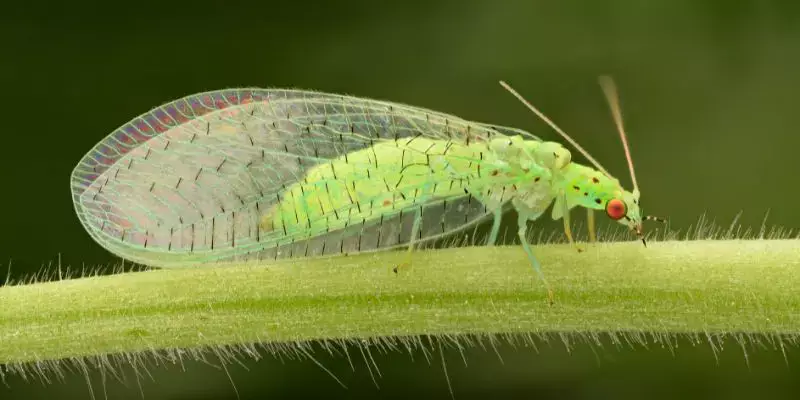
Strategy #2: Buddy Up with Beneficial Insects
Now, new friends can come in all shapes and sizes. And for those of us who grow fruit trees, our best buddies can be pretty small. Beneficial mites are tiny – some are smaller than the tip of a sharpened pencil. There are also larger beneficial insects like lacewings, ladybugs or parasitic wasps.
Some of these creatures are predators who hunt down and feast on other insects (including fruit tree pests). Others are parasitoids that lays their eggs inside the body of another insect. The parasitoid larva then hatches and feeds on the host insect, eventually killing it.
And of course, pollinators are also beneficial insects. They happily fly from blossom to blossom, collecting nectar and they pollinate our fruit trees and other plants.
If you want these beneficials in your orchard or garden (and believe me, you do!) ensure that you have a wide range of flowering plants near your fruit trees in a pollinator or bee garden.
Choose plants that will flower throughout the growing season. You can Integrate a mix of native plants and herbs including bee balm, bronze fennel, yarrow and dill. Once you have a good crew of beneficial insects living in your garden or orchard, those nasty insect pests won't stand a chance!
Learn how to attract beneficial insects to your garden by listening to the podcast below.
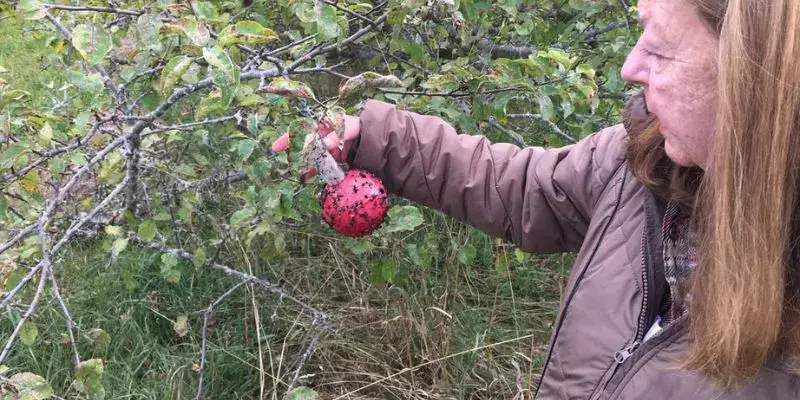
Strategy #3: Reduce Pest Numbers with Fruit Tree Traps
Now, beneficial birds and insects will do a lot of the heavy lifting when it comes to keeping bad bugs at bay. But some may still find their way onto your fruit trees. If that happens, your goal is to make sure that they stick around...and not in the friendly way.
What you want is the remaining pests to get stuck - literally - on a pest reduction trap.
The type of trap you use will depend on the types of insect pests you have in your garden. For instance, there are sticky traps that you wrap around your tree trunk to prevent crawling insects like ants from marching up into your trees.
Or if you struggle with flying insects like apple maggots and codling moths, you can use red ball traps that you hang in your fruit trees. The balls are covered with tanglefoot glue. The insect is drawn to the red ball, thinking it is a ripe piece of fruit. When it lands on the ball it will get stuck and die.
Fruit Trees
That Thrive

There are also traps you can buy that come with lures that exude a smell that draws the unwanted insect onto a sticky trap where there is no escape!
You can learn how to use pest reduction traps in the video and podcast below. You can find a selection of fruit tree traps in our online store.
So, if you have followed the first three strategies this is what will be happening in your garden:
- You have beneficial birds eating flying insects, caterpillars and insect larvae.
- You'll have beneficial bugs chowing down on other insect pests.
- And you've installed some sticky fruit tree traps that will ensure the pests that land on them with NEVER bug your fruit trees again.
Great!
Now your next layer of protection is to cover the baby fruit on your tree with a barrier that prevents insect pests like apple maggots and codling moths from laying their eggs under the skin of the baby fruit. And so our next strategy is applying orchard sox!
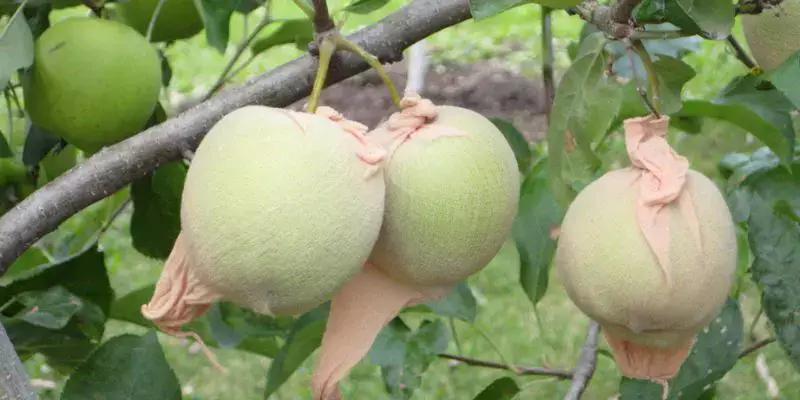
Strategy #4: Prevent Bug Babies with Orchard Sox
Orchard sox are little nylons socks that can be tied on to baby fruit on your tree. You tie the socks on when the fruit is just about the size of a nickel. Then as the fruit grows, the sock will expand.
These orchard sox are also called maggot barriers and they are amazingly effective at protecting growing fruit from insect damage. It takes some time to apply them, but if you get friends and family to help you out, you can cover the fruit on your tree easily.
If your tree is large, you can focus on covering the fruit on the lowest branches. That will ensure that you can enjoy some unblemished fruit to enjoy when harvest time rolls around.
Now there is one more thing that you can do to stop fruit tree pests in their tracks. And it's probably the easiest strategy of all. You can defeat fruit tree insect pests simply by being clean.
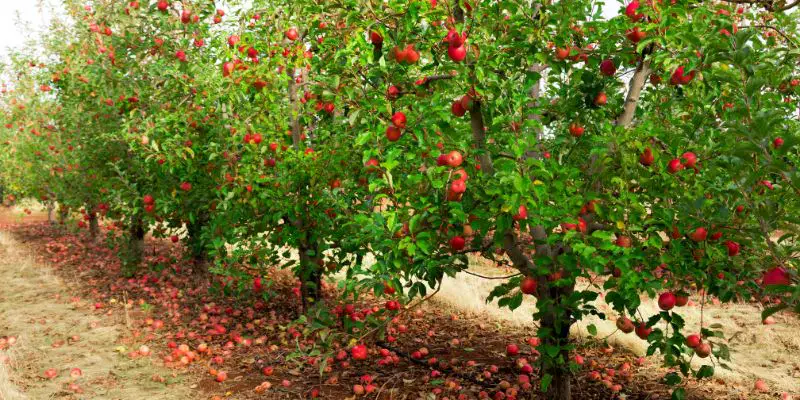
Strategy #5 Keep Bugs Off Fruit Trees Naturally by Being Clean
One of the simplest ways to keep bugs off fruit trees naturally is so obvious. And yet so few people do this. If you don't want bugs on your fruit trees, then get them out of your garden!
That means that in the fall, when infested fruit falls to the ground, don't leave it there! If you do, the insects inside the fruit will overwinter and come back again, year after year, in even greater numbers.
Instead, clean up all the fallen fruit and leaves from around your fruit tree meticulously each fall. Bag up the infested fruit and get it off the site. Send it to municipal waste if you have to.
And if you were thinking about putting that stuff in your home compost, think again. The insect pests will just quietly overwinter in your nice cozy compost and they will be ready and raring to go when they emerge from diapause (a period of physiological dormancy) in the spring.

Healthy Fruit Trees Do Not Suffer From Insect Damage
These five strategies will go a long way to helping you keep bugs off your fruit trees naturally. But the real question is, why are they attacking your fruit tree in the first place?
Entomologists like Thomas Dykstra have discovered that insect pests are like bullies in the playground. They don't waste their time with the strong healthy kids who can fight back. Instead, fruit tree pests pick on the weaker trees that are already struggling from poor health.
In the following video, Thomas says that pests target different parts of the plant based on their ability to digest specific plant tissues. He explains how monitoring the brix levels (sugar content) of fruit trees can provide insights into their health and susceptibility to pests.
Ultimately, if your fruit trees are struggling with pest and disease issues, it's information for you. It's time to learn how to fulfill your tree's needs with correct pruning, fertilizing and pest and disease prevention. You can learn how by exploring the articles on OrchardPeople.com. Or you can pick up a copy of my quick-read book Grow Fruit Trees Fast.
Perfect fruit tree health is just around the corner. In the meantime, now is the time to get rid of those pests! Following these five tips will go a long way to helping you keep your trees healthy and bug-free!
This page includes affiliate links. Orchard People may receive a small commission if you make a purchase. The funds will help support the creation of free resources including our blog, YouTube channel and podcast.

Susan Poizner
Learn more about Susan on the about us page.

